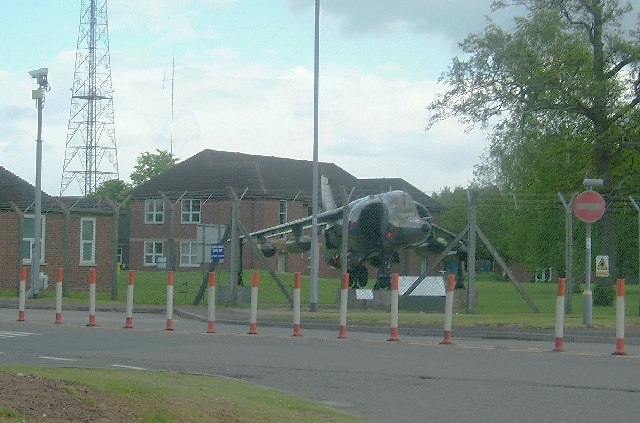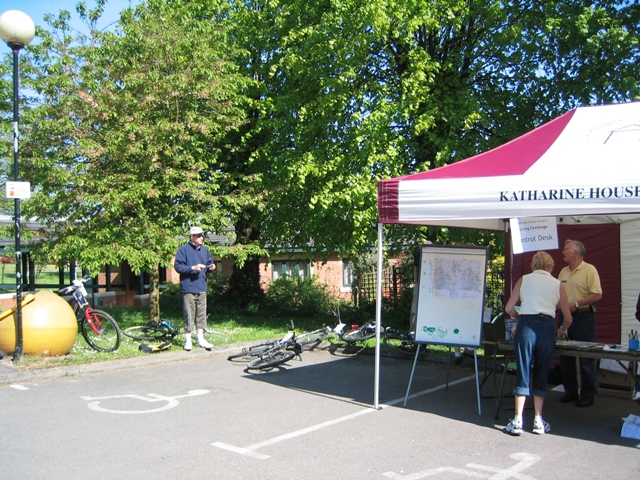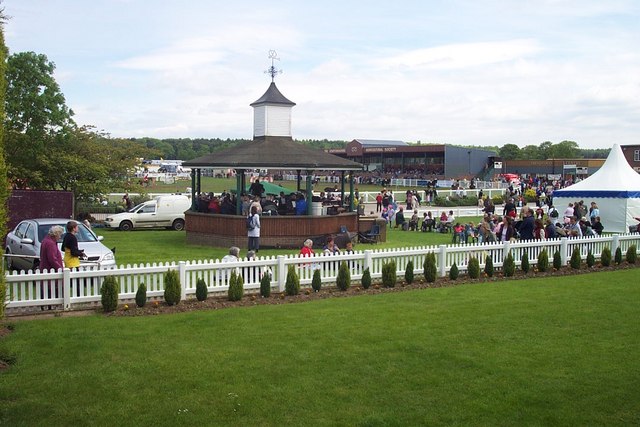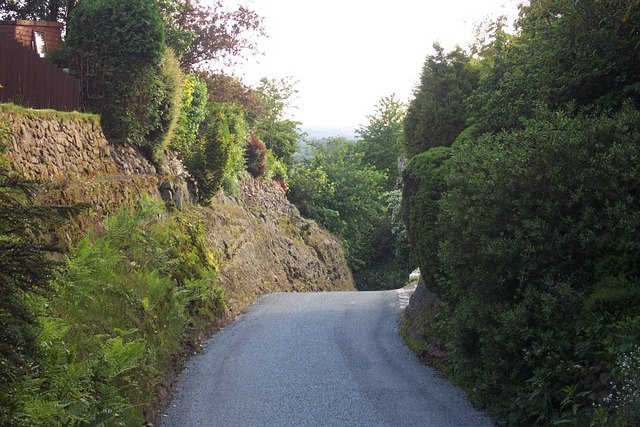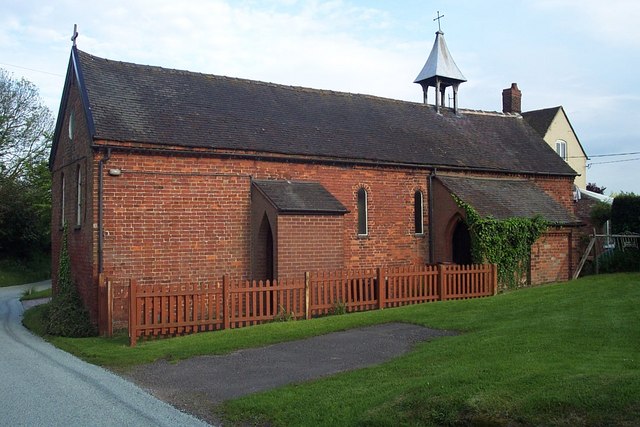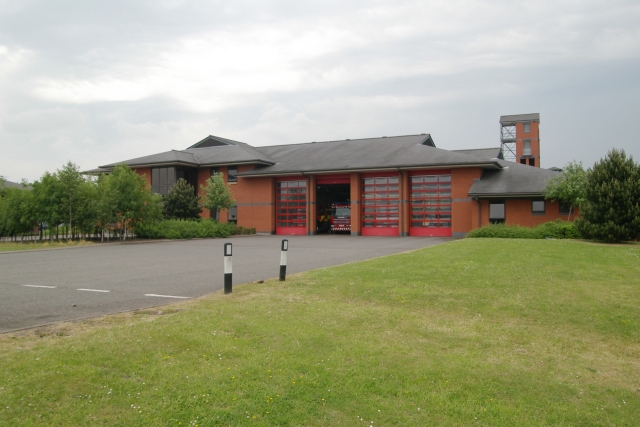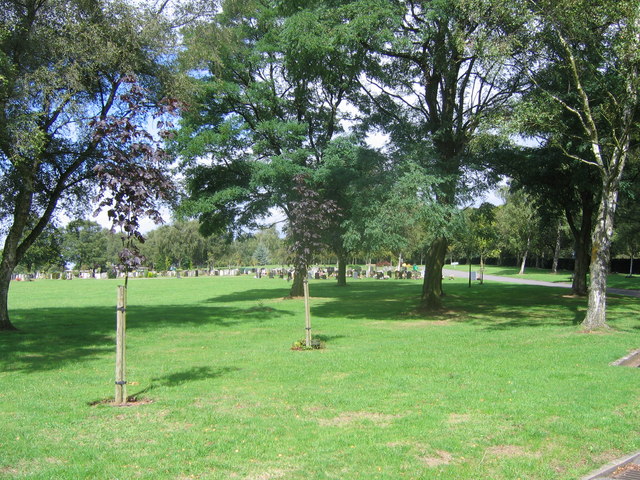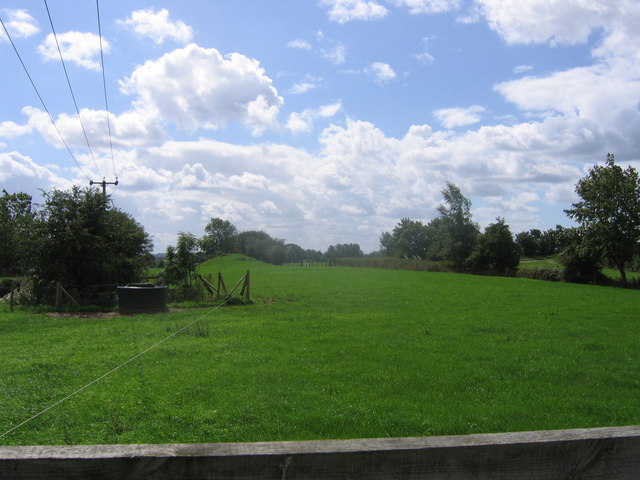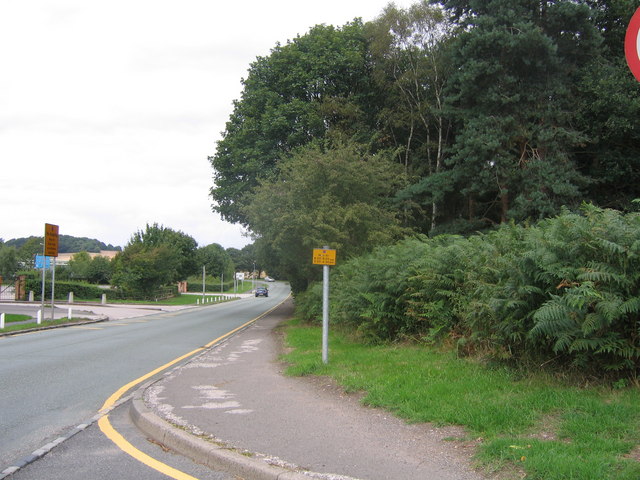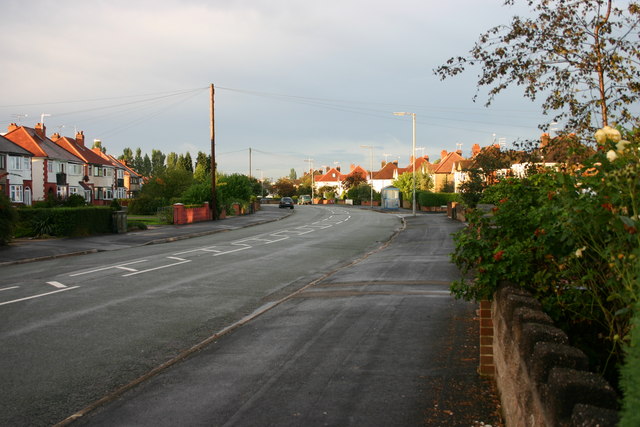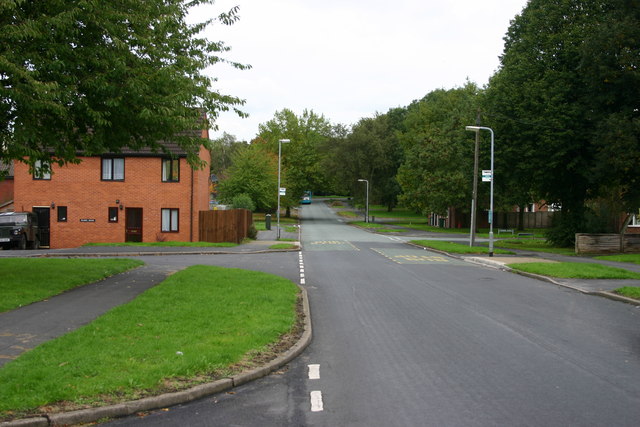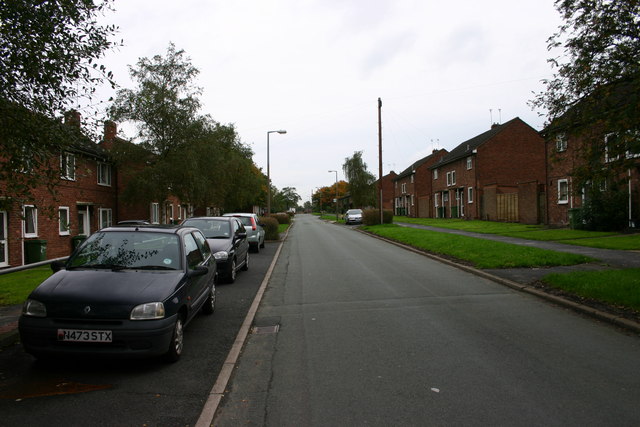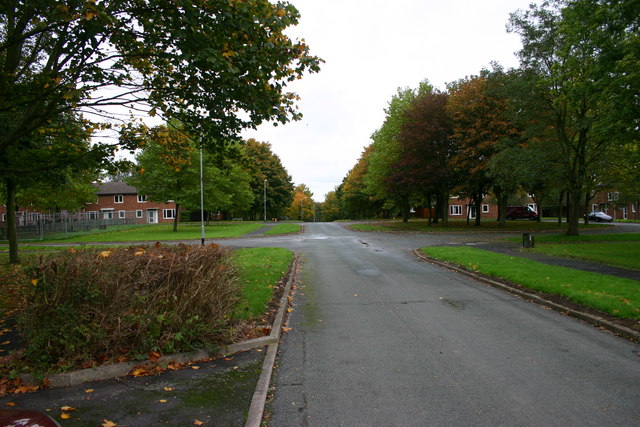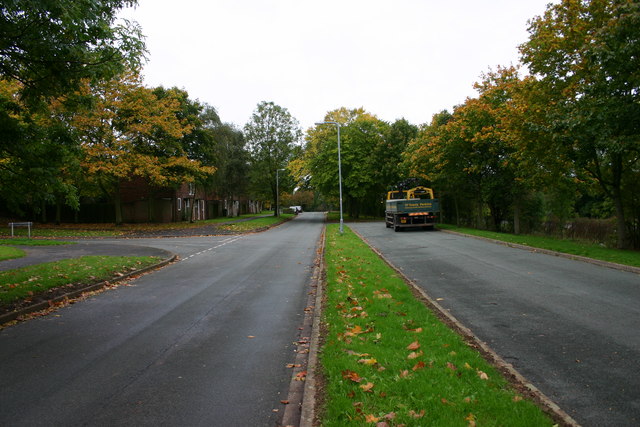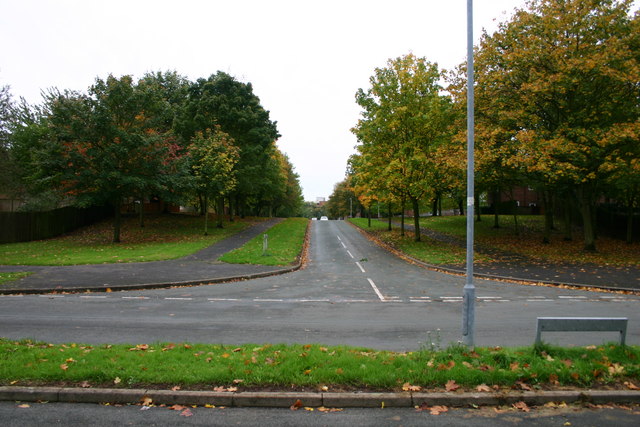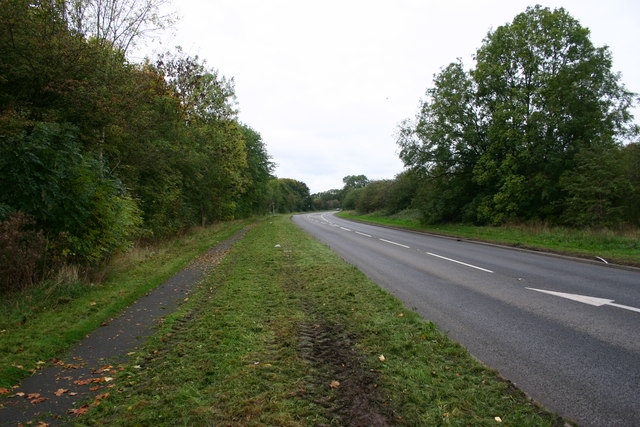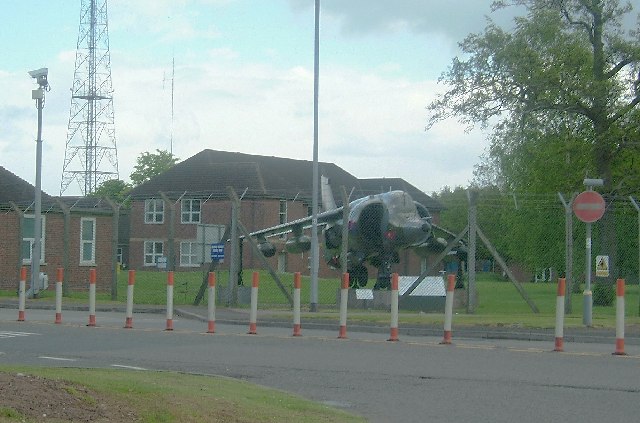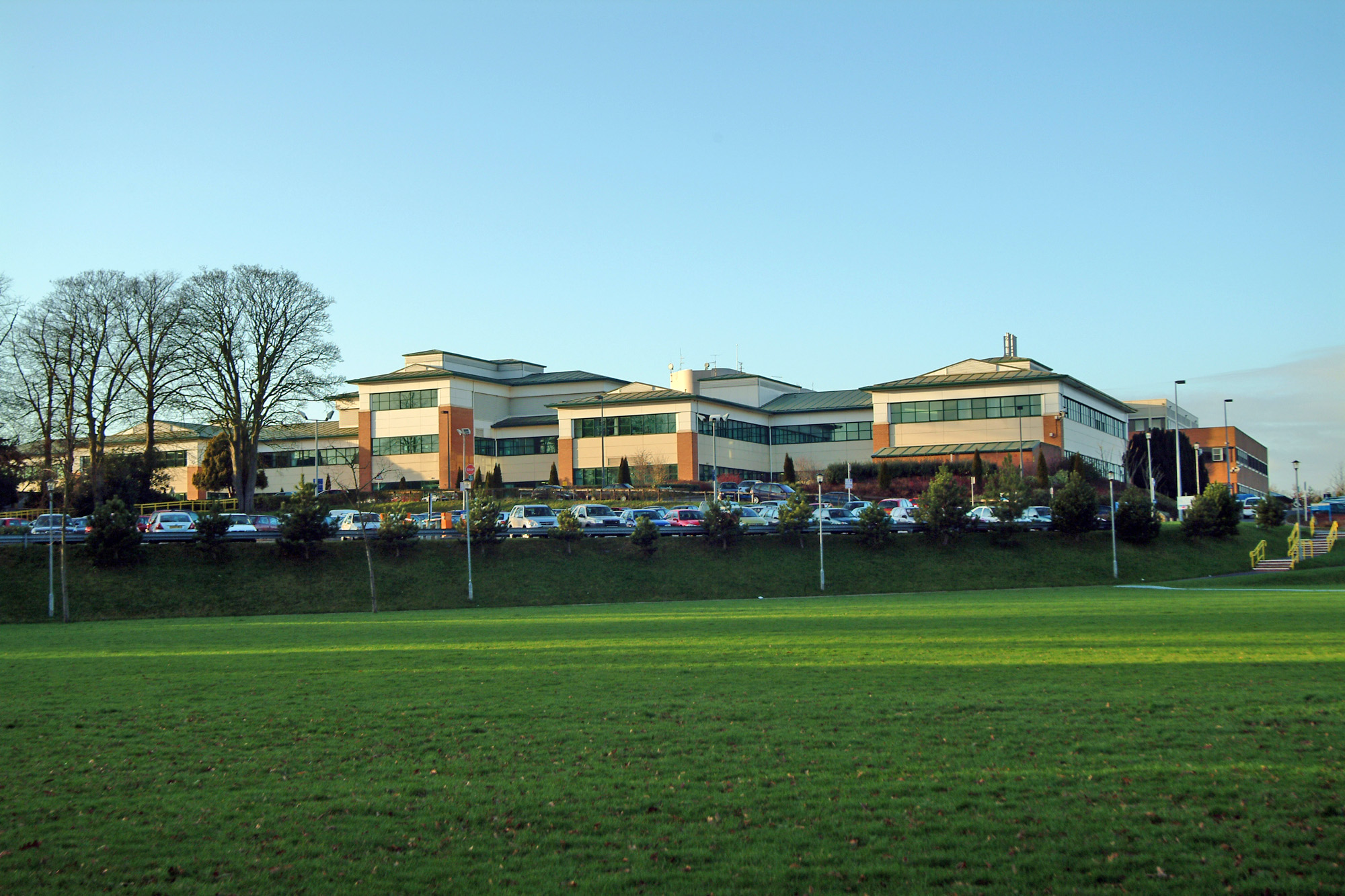Beacon Hill
Hill, Mountain in Staffordshire Stafford
England
Beacon Hill
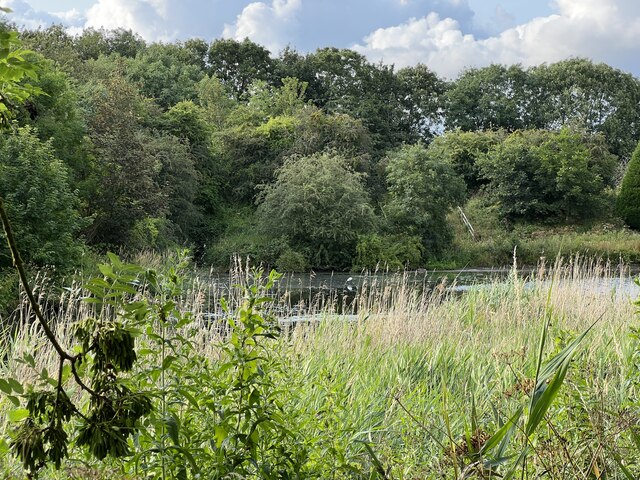
Beacon Hill is a prominent hill located in the county of Staffordshire, England. It is situated near the town of Stafford and stands at an elevation of approximately 262 meters (860 feet) above sea level. The hill is renowned for its historical significance, natural beauty, and recreational opportunities.
Historically, Beacon Hill served as a vantage point and signaling beacon during times of conflict, providing strategic advantages due to its elevated position. Today, the remnants of these beacons can still be seen, adding to the hill's historical charm.
The hill is covered with a mix of vegetation, including grass, shrubs, and scattered trees, creating a picturesque landscape. The surrounding area features a network of footpaths and trails, allowing visitors to explore the hill's natural wonders and enjoy breathtaking views of the Staffordshire countryside.
Beacon Hill also offers various recreational activities to cater to different interests. It is a popular spot for walkers, hikers, and nature enthusiasts who can take advantage of the well-maintained trails to traverse the hill and its surroundings. Additionally, the hill provides an ideal setting for picnics, offering peaceful and scenic spots for families and friends to relax and enjoy the outdoors.
The hill is easily accessible, with car parking facilities available nearby. It is a beloved destination for locals and tourists alike, attracting visitors year-round with its historical significance, natural beauty, and recreational amenities. Whether one seeks a leisurely walk, a historical adventure, or simply a peaceful escape, Beacon Hill in Staffordshire offers something for everyone.
If you have any feedback on the listing, please let us know in the comments section below.
Beacon Hill Images
Images are sourced within 2km of 52.823493/-2.0823938 or Grid Reference SJ9425. Thanks to Geograph Open Source API. All images are credited.
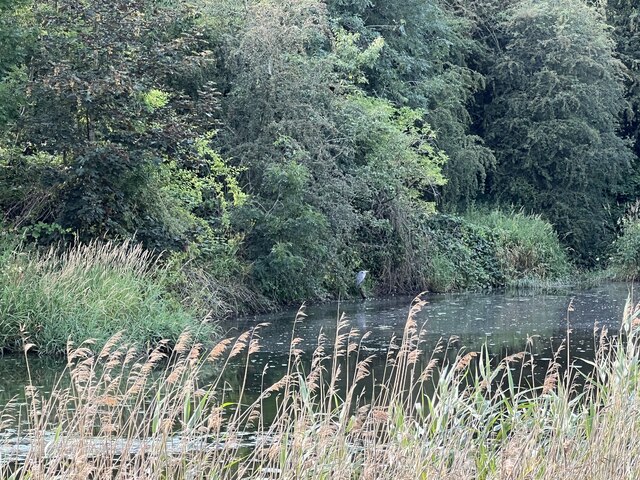
Beacon Hill is located at Grid Ref: SJ9425 (Lat: 52.823493, Lng: -2.0823938)
Administrative County: Staffordshire
District: Stafford
Police Authority: Staffordshire
What 3 Words
///vocal.arts.dish. Near Stafford, Staffordshire
Nearby Locations
Related Wikis
Hopton, Staffordshire
Hopton is a village in the civil parish of Hopton and Coton and is within the English county of Staffordshire. == Location == The village is on the north...
Weston Road Academy
The Weston Road Academy (formerly Weston Road High School) is an academy school in Stafford, England. It provides secondary and further education for pupils...
Beacon Barracks
Ministry of Defence Stafford otherwise known as MOD Stafford, Stafford Station or Beacon Barracks is a Ministry of Defence site in Stafford, in England...
RAF Stafford
Royal Air Force Stafford or more simply RAF Stafford was a non-flying Royal Air Force station in Stafford, Staffordshire, England. == History == The station...
Bingley Hall, Stafford
Bingley Hall (also known as New Bingley Hall to distinguish itself from the Bingley Hall in Birmingham) is an exhibition hall located in Stafford, England...
Battle of Hopton Heath
The battle of Hopton Heath was a battle of the First English Civil War, fought on Sunday 19 March 1643 between Parliamentarian forces led by Sir John Gell...
Stafford Hospital scandal
The Stafford Hospital scandal concerns poor care and high mortality rates amongst patients at the Stafford Hospital, Stafford, England, during the first...
County Hospital, Stafford
County Hospital is an acute hospital with less than 200 inpatient beds, opened in 1983. It is the main hospital in Stafford, England. The hospital is managed...
Have you been to Beacon Hill?
Leave your review of Beacon Hill below (or comments, questions and feedback).
